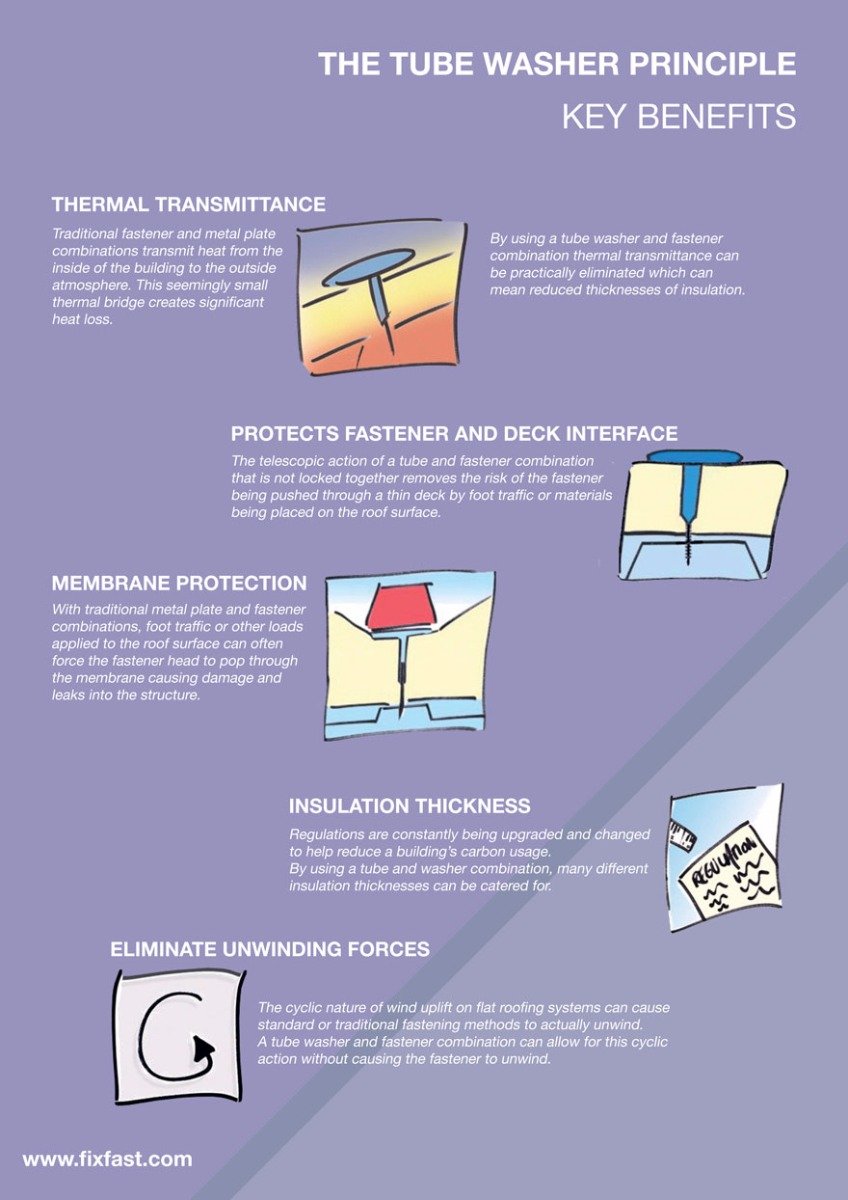Reviewing The Financial Aspects Of Solar Energy Installation: Is It A Worthwhile Investment?
Reviewing The Financial Aspects Of Solar Energy Installation: Is It A Worthwhile Investment?
Blog Article
Article Created By-McQueen McWilliams
When taking into consideration the expenses of solar installation, you may question the upfront investment needed and whether it lines up with the potential long-term benefits. Understanding the complexities of these costs and the various elements influencing the general return can clarify the value recommendation of transitioning to solar power. By assessing both the preliminary configuration expenses and the forecasted cost savings with time, you can get understanding right into whether the financial investment in solar installment holds guarantee for your financial future.
Preliminary Arrangement Expenses
When thinking about the costs of solar setup, the initial configuration costs play an essential function in your decision-making process. These upfront expenses include the rate of solar panels, inverters, installing devices, and installation labor.
The rate of solar panels can vary relying on the brand name, efficiency, and size you select. Inverters are essential for converting the sunlight's power into usable electrical energy and be available in various kinds such as string inverters, microinverters, and power optimizers, each with its own price effects.
Placing tools, such as shelfs and rails, is needed to securely install solar panels on your roofing or property.
The installment labor expense covers the professional installment of the solar system, guaranteeing that whatever is set up correctly and successfully. Bear in mind that while these initial setup costs may appear high, there are often discounts, tax rewards, and financing alternatives offered to aid counter the costs and make solar installment extra affordable over time.
Long-Term Cost Savings Analysis
To recognize the economic benefits of solar installment over time, it's vital to conduct an extensive lasting financial savings evaluation. While the first configuration costs of photovoltaic panels may appear daunting, the long-term savings can surpass these costs considerably. By utilizing https://docs.google.com/spreadsheets/d/17aYPyz5JmEEQ9lJtVUJW5JuVKXBF0Jt-g7M8pu-NsI4/edit?usp=drive_link of the sunlight to create electrical energy for your home, you can potentially conserve thousands of dollars on your utility bills over the lifespan of your solar system.
One of the vital elements to take into consideration in a long-lasting savings evaluation is the decrease in your electrical energy costs. With photovoltaic panels, you can produce your electrical power, lowering or even eliminating your reliance on the grid. This can result in considerable savings, especially as utility prices remain to climb.
In addition, many federal governments provide rewards such as tax credit scores and discounts for setting up photovoltaic panels, further enhancing your lasting financial savings. By making use of these motivations and optimizing your solar power production, you can take pleasure in significant economic advantages for many years ahead.
Roi Computation
Thinking about the monetary advantages of solar installation, it's time to examine the Roi (ROI) computation. Establishing the ROI includes comparing the complete expenses of installing a solar system with the monetary benefits it generates over its life expectancy.
To determine ROI, separate the web profit from the system by the complete investment expense and increase by 100 to obtain a percentage. The ROI formula is: (Net Earnings/ Overall Investment Price) x 100.
As an example, if the complete expense of installing a planetary system is $20,000, and over its life-span, it creates savings and incomes completing $30,000, the internet earnings would be $10,000. Splitting Visit Home Page by the complete financial investment cost of $20,000 offers a proportion of 0.5. Multiplying this by 100 provides an ROI of 50%.
Typically, a greater ROI suggests a much more financially gratifying financial investment. Elements like federal government rewards, upkeep costs, and energy cost fluctuations can affect the ROI of solar setups. Understanding the ROI aids in assessing whether buying solar power is worth it in the long run.
Final thought
In conclusion, comprehending the prices of solar installment is critical for figuring out if it is worth the financial investment. By considering preliminary configuration expenditures, carrying out a long-lasting financial savings analysis, and computing the return on investment, you can make an informed decision about the financial worth of solar power. With the potential for lowered utility bills and increased power independence, buying solar installment can be a wise choice for both your pocketbook and the atmosphere.
